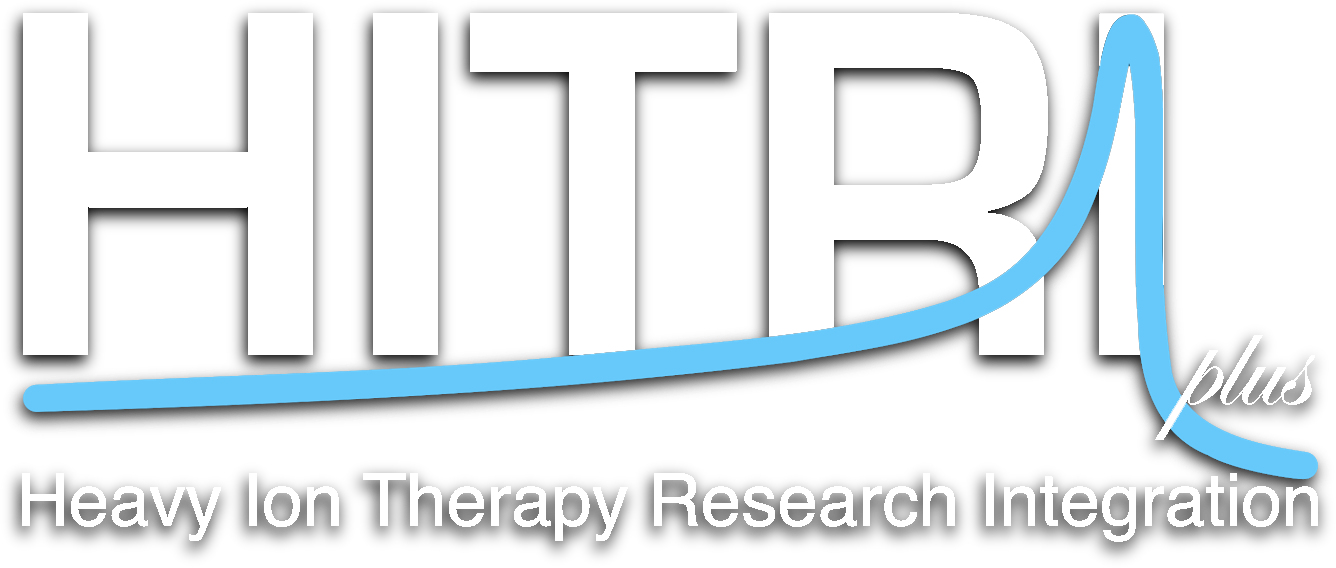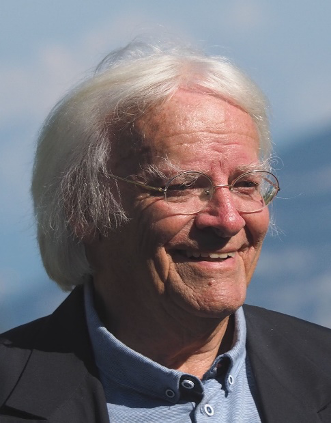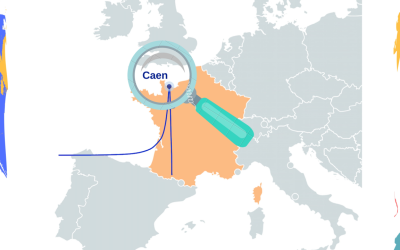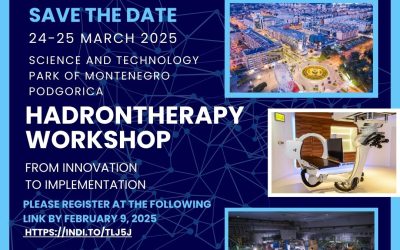Hans Joachim Specht, one of the founders of ultra-relativistic heavy-ion physics and a pioneering figure in hadron cancer therapy, passed away on 20 May 2024, at the age of 87. A graduate of the University of Munich and ETH Zurich, and full Professor at the University of Heidelberg for more than 30 years, his career was distinguished by important contributions across a spectrum of scientific domains. He was a strong advocate for HITRIplus project and a great supporter during the SEEIIST time.
In the early 1980s, Hans reoriented his research towards the higher energies available at CERN. His contributions and advocacy, alongside a handful of other enthusiastic proponents, were instrumental in establishing CERN’s ultra-relativistic heavy-ion programme at the SPS accelerator, which was approved in 1984. He became the spokesperson of a first-generation heavy-ion experiment (Helios/NA34-2), initiator and spokesperson of a second-generation experiment (CERES/NA45), and a crucial supporter and mentor for the third-generation ALICE experiment at the Large Hardon Collider.
Initially with the bespoke dilepton experiment CERES, and later as a leading force within NA60, Hans succeeded in detecting, for the first time, thermally produced lepton pairs in heavy-ion collisions. Arguably one of the most challenging signals, the “Planck-like” spectrum of thermal radiation at higher masses, and the precise characterisation of the in-medium modification of the rho-meson at lower masses, proved to be crucial in establishing the existence and properties of the quark–gluon plasma – the state of strongly interacting matter thought to have existed in the primordial Universe, just a few microseconds after the Big Bang. The enduring quality and relevance of these measurements remain unsurpassed almost two decades later.
Hans Joachim Specht also provided forward-looking impulses for nuclear and particle physics research as Scientific Director of GSI (1992–1999), where he set the technical and science-policy course for the development and application of a groundbreaking innovation in radiation medicine – ion-beam cancer therapy. A pilot project at GSI for the irradiation of tumours with 12C ions, launched under his leadership, successfully treated 450 patients and led to the establishment of the Heidelberg Ion-Beam Therapy Center (HIT), the first European ion-beam therapy facility. Reflecting on his achievements, he was most proud of his contributions to ion-beam therapy, improving human health through scientific advancement.







